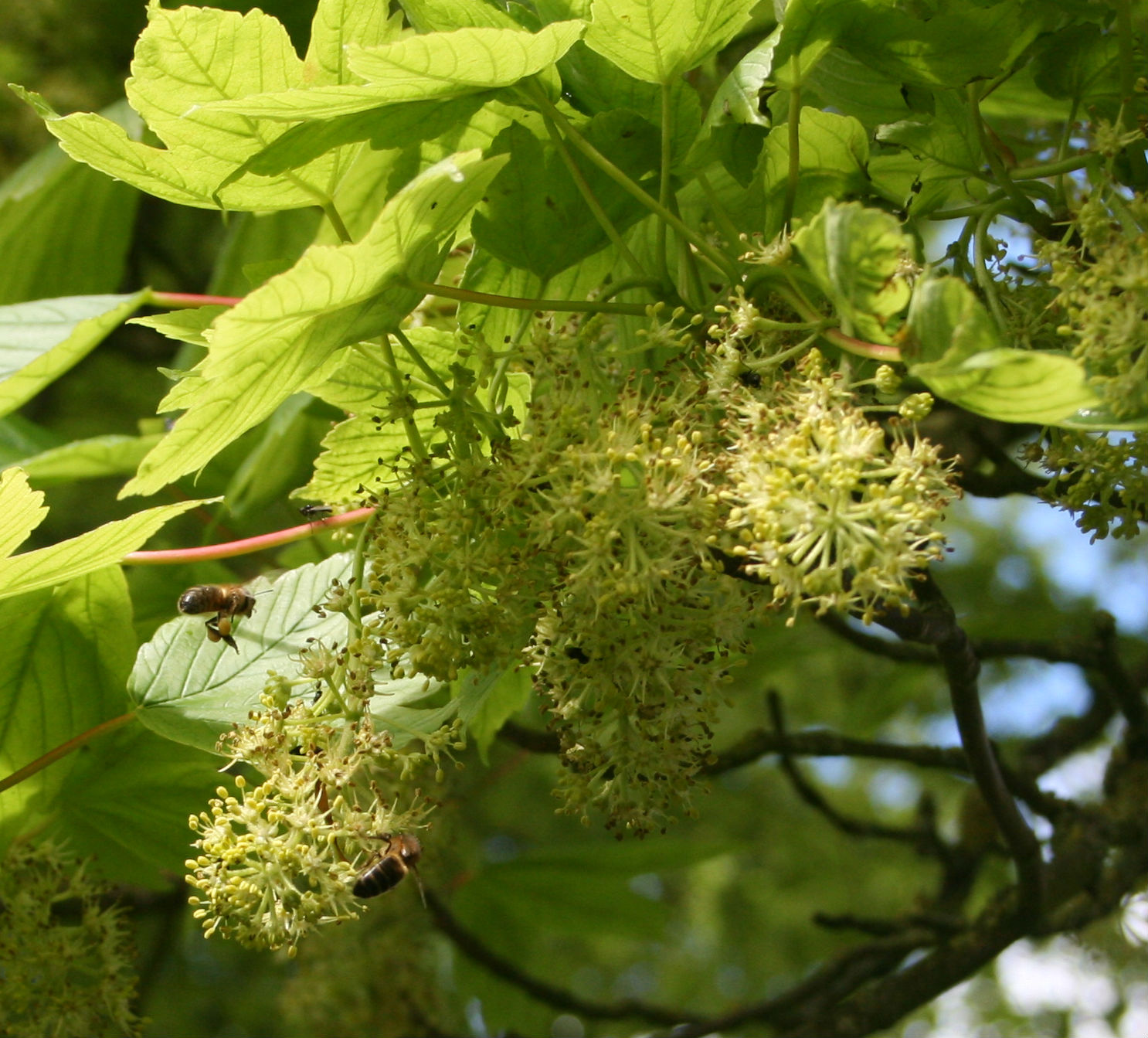Here are some flowers for the bees in August.
Irish Natives are in green.
Click the table below for a close up then let me know if I’ve missed any: Continue reading Bee Flowers August
Here are some flowers for the bees in August.
Irish Natives are in green.
Click the table below for a close up then let me know if I’ve missed any: Continue reading Bee Flowers August
Here are some flowers for the bees in July.
Irish Natives are in green.
Click the table for a close up then let me know if I’ve missed any: Continue reading Bee Flowers – July
At this time of the year (spring) remote hive monitoring really comes into its own. I have an Arnia Hive Scale at one of my apiaries and it gives me a good idea what is happening not only in the monitored hive but also a rough idea of what is happening over there.
Since I installed it 2 months ago, apart from a sudden vertical jump when I put a super on to accommodate the growing population, it had been recording a steady decrease in weight but for the last 3 days it began to register an increase!
Here, have a look at this… Continue reading Useful Arnia Hive Scale Data
Get this: the moisture content of ripe honey (~17%) is about the same as ripe cereals such as barley, wheat, triticale etc!
Himalayan balsam or Impatiens glandulifera originates in the Himalayas – surprise surprise. It was introduced to Europe as a garden plant but it quickly escaped the confines of the garden and joined the ranks of ‘Invasive Pests’. Other such plant species include Japanese knotweed, Giant hogweed, Sycamore or Acer pseudoplatanus and Trifids. Continue reading Himalayan Balsam or Impatiens glandulifera
In this part of the world – July is the time to get the bees to the heather – if the flow is early you’ll miss it. But before you do that – have you got a heather site?
Here are some notes on what makes a good one. Continue reading Heathering
Section honey is the creme de la creme of honeys.
Good sections command high prices and beekeepers will tell you the reason is that they are hard got. The bees hate to work all those corners and will often swarm instead. Or the weather will turn on you and you’ll be left with a lot of waste.
There is not much you can do about the weather but here are a few things you can consider to maximise your chances. Basically:
When beekeepers think heather, they think weather and ‘Will it ever stop bloody raining?’
Or you might wonder – ‘IS there a flow at all?’ Because often there isn’t and you can never tell in advance if it will or if it won’t. Heather honey is the most bewitching and frustrating of all honeys; if you can get a crop of sections or cut comb honey it’s close to heaven and so costly and disappointing when it fails.
But there’s more to it than the weather. It’s the ecology – Stupid! Continue reading Heather Ecosystem
Ling heather (Calluna vulgaris) honey is out there on its own for flavour and character. It is rich, reddish amber in colour with a musky flavour; open the jar and the scent of the hills will fill the room. Turn the jar upside down and it won’t budge – this is because it is thixotropic – in other words it forms a viscous gel and will not flow which means it cannot be spun out of the frames like other honeys but has to be pressed from the comb or sold in the comb either as sections or cut-comb.
Heather honey is much sought-after (lovely heather honey recipe here) and commands a great price but to get a crop is not easy so the beekeeper needs to know about the Known Unknowns and Known Knowns. Not to mention the Unknown Unknowns. Continue reading How to take a crop of heather honey
Between the showers, the sun is very strong and the the sycamores are alive with bees. One of the good things about sycamore flowers is that they hang down beneath the leaves in the shelter of the canopy so showers don’t really harm them. However, gusty squalls will tear off the flowering panicles – lovely.
The forecast for the next few days is good, so with the trees in full bloom there is a good chance of a few pounds of honey.
For more sycamore information click here

If you click on this picture you should be able to see a close up of the snot green pollen loads.
Copyright © Beespoke.info, 2014. All Rights Reserved.